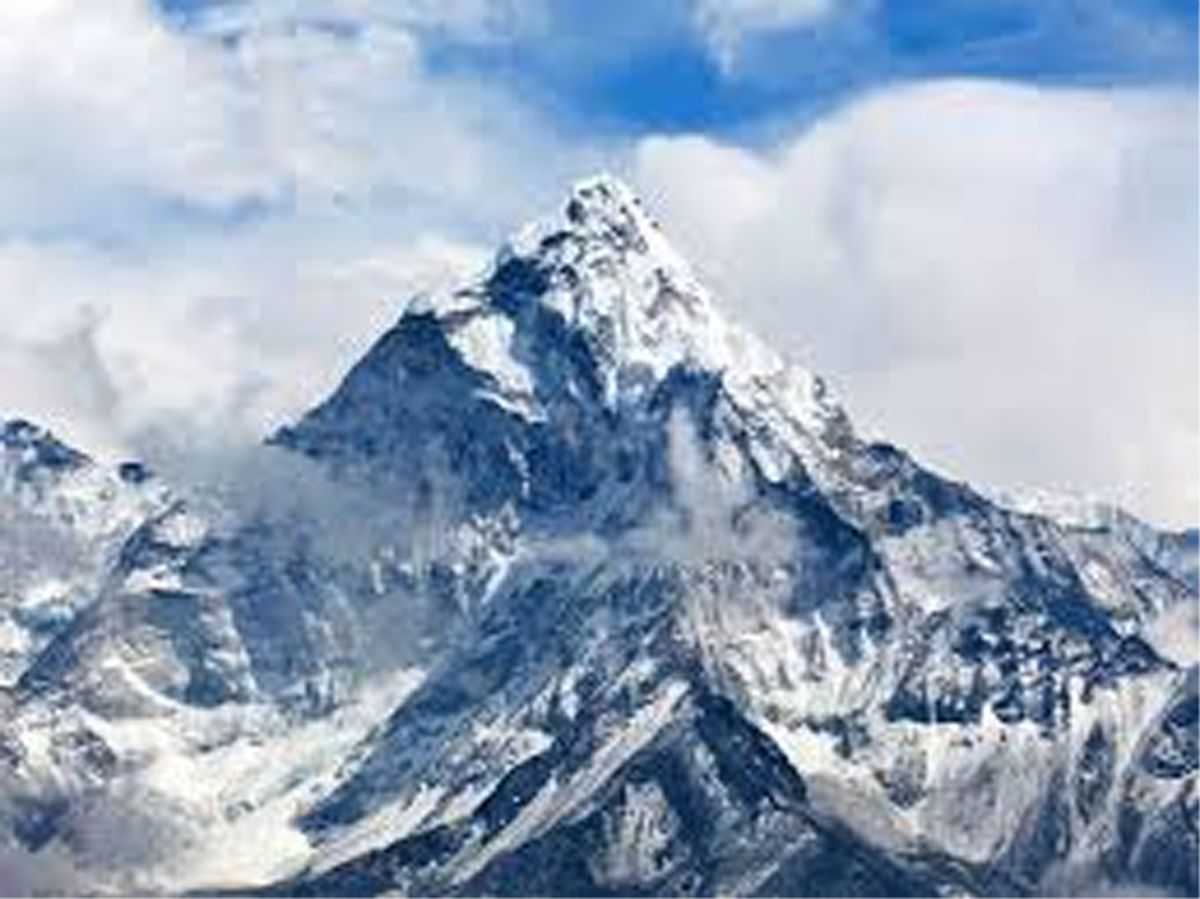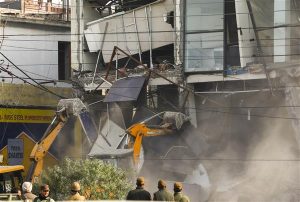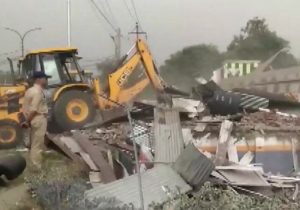
Glaciers in Kashmir, Ladakh melting rapidly
Arif Shafi Wani
The rapid melting of glaciers in Kashmir and Ladakh has worried experts who say it would enhance serious implications for regional water availability and hydrological regimes.
The Jammu and Kashmir Himalayas hosts some of the largest glaciers in the Hindu Kush region. Scientific studies indicate that Kolahoi, the largest glacier of Kashmir valley’s Jhelum Basin, is retreating rapidly due to spurt rise in temperature triggered by global warming and extreme pollution.
Thajiwas, Hoksar, Nehnar, Shishram, and glaciers around Harmukh are also retreating slowly.
The Kolahoi Glacier is the main source of water for River Jhelum, which is considered to be the lifeline of Kashmir.
Talking to KIF, prominent earth scientist Prof Shakil Romshoo said, “This year, glacier melting in Kashmir and Ladakh regions has been unprecedented. Since we began monitoring the glaciers in Kashmir and Zanskar Himalaya about 15 years ago, this year has seen the highest melting of glaciers, as also reported from the rest of the Himalaya and the Alps.”
In the mountainous Kashmir Himalayas, he said below-normal snowfall during last winter accompanied by high winter temperatures and followed by summer heat waves contributed significantly to high glacier melting that was seen last year.
“Kolahoi Glacier has lost almost 23 percent of its area since 1962 and has fragmented into smaller parts. Our recent study on the Kolahoi Glacier, based on the last 10 years’ observation, showed that the average mass balance of the glacier has increased recently. The glacier is losing mass at the rate of about 1.0 m water equivalent annually, which is significantly higher than the glaciers in the rest of the Himalayas. The mass loss of the glaciers is expected to exacerbate in future as a result of the projected climate change, and thus further diminishing the stream flow of the trans-boundary rivers emanating from the region,” he said.
Experts said unprecedented increase in temperature, deforestation, increasing human activity, especially around Kolhai Glacier and high levels of pollution caused by the emission of greenhouse gases by vehicles and cement plants are major reasons for retreating of Kolhai Glacier.
With decreasing precipitation trends including snow over Kashmir, warmer temperatures in winter led to less accumulation of snow and more recession of glaciers in the region.
The glacier has developed several crevasses and cracks over the years.
Romshoo cautioned that given the projected climate change across the Kashmir Himalayan region, “glacier mass loss could enhance with serious implications for regional water availability, hydrological regimes and trans-boundary sharing of waters emanating from the region, particularly during the lean period, when glacier melt dominates the stream flow.”
“In particular, food, energy, and water security as well as the dependent livelihoods particularly downstream will be significantly impacted by the melting of glaciers,” he said.
The Northern Hemisphere last summer witnessed droughts.
These were made at least 20 times more likely by human-caused climate change, according to a new “rapid-attribution” study.
Last year saw Europe’s worst drought in 500 years – a combination of record-breaking temperatures and low rainfall caused rivers to dry, wildfires to rage, and crop failures to compound already high food prices.
Being an eco-fragile zone, J&K is confronted with environmental challenges due to global warming, unplanned urbanisation, deforestation and encroachment of water bodies.
And glacier retreat is emerging as one of the major issues.
It is also projected that the glacier-melt contribution to stream flow in the Indus Basin will further diminish in the future.
This will have an impact on the hydrograph, especially during summer and autumn seasons.
Irfan Rashid of the Department of Geoinformatics at the University of Kashmir (KU) also testified that the glaciers across different mountain ranges of Jammu, Kashmir and Ladakh are showing signs of retreat (area and mass loss).
“However, the retreat is more pronounced over Kashmir valley. Kolahoi, the largest glacier of Kashmir, also happens to be the fastest retreating one. Other prominent glaciers that include Thajiwas, Hoksar, Nehnar, Shishram and glaciers around Harmukh are also retreating in the prevailing warming scenario,” Rashid told KIF.
Climate warming will not only affect the retreat patterns but might affect dependent sectors of the economy that include agriculture, hydropower, and tourism.
The retreating glacier fronts result in formation of proglacial lakes (lakes associated with glacier snouts) dammed by loose moraine material.
“These lakes often result in sudden and catastrophic glacial lake outburst floods often destroying the downstream infrastructure, resulting in fatalities and affecting livelihoods of mountain communities,” Rashid said.
On the basis of studies, he blamed climatic change besides temperature rise and associated changes in the form of snow precipitation for triggering glacier retreat.
Elaborating, Rashid said glacier retreat depends on various factors including topographic characteristics like glacier elevation, mean slope, and percentage of southerly aspect.
“Higher elevation glaciers retreat slowly compared to low lying glaciers. Percentage of the southerly aspect also influences the amount of solar radiation a glacier’s surface receives. Black carbon and dust deposition reduce the albedo of the ice surface and let the surface absorb more solar radiation, resulting in heating up and ice melt. Cryoconite holes contain some darker substrate (usually dust or pulverised rock material) at their bottom often hosting cold-resistant microscopic life forms that affect glacier albedo and influence on the energy and mass balance of glaciers,” he said.
The J&K government in its Draft Environment Policy, aimed at conserving the fragile environment, has recommended measures to protect and conserve critical ecological systems including climate change.

